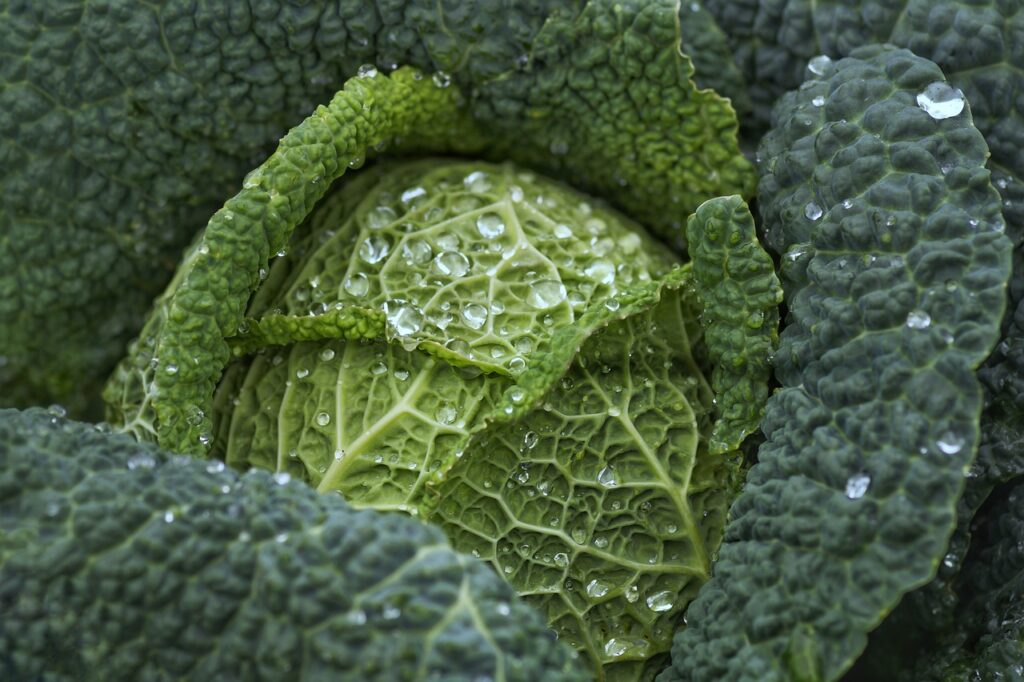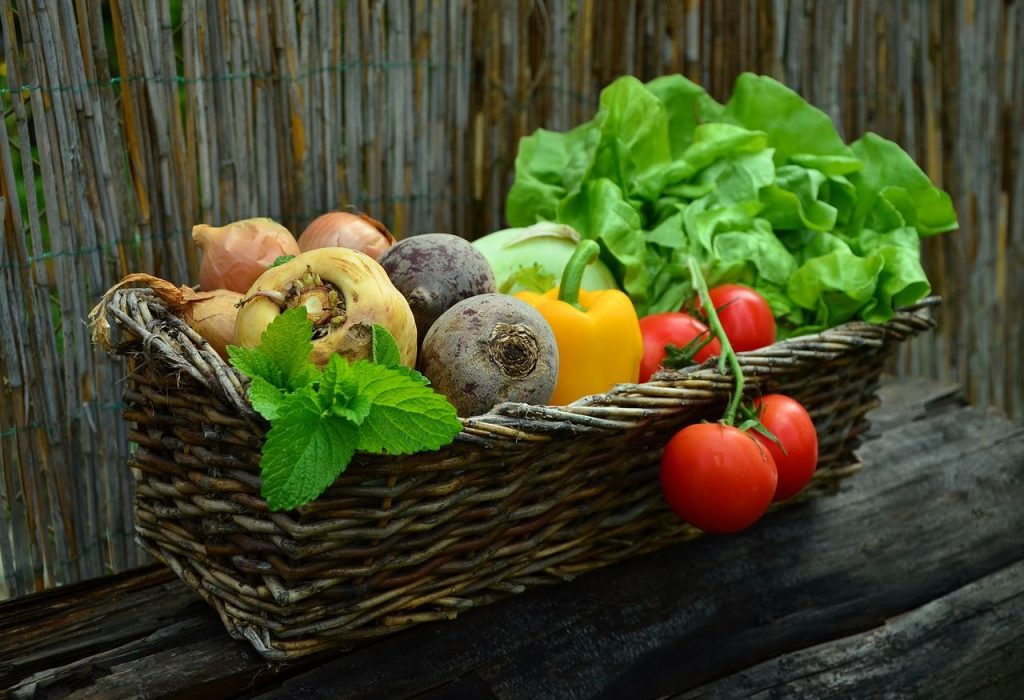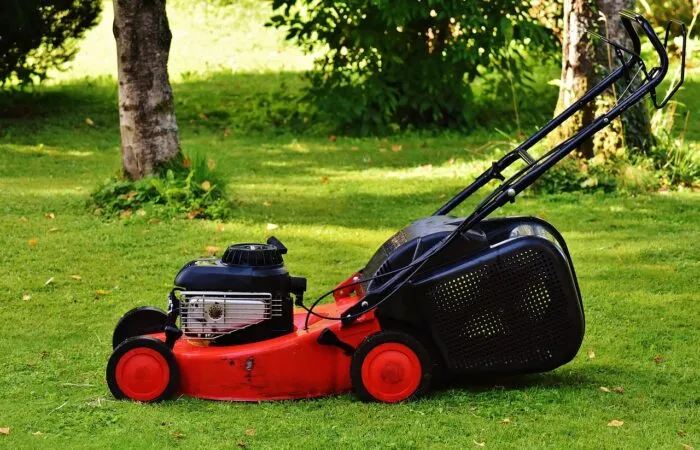Crop Rotation for Beginner Gardeners: How to arrange your allotment
 Lee Burkhill: Award Winning Designer & BBC 1's Garden Rescue Presenters Official Blog
Lee Burkhill: Award Winning Designer & BBC 1's Garden Rescue Presenters Official Blog

Today, let's dig deep into the fascinating world of allotment crop rotation. If you're an avid gardener or someone just starting to get their hands dirty, you'll quickly learn that successful gardening is not just about what you plant but also where you plant it each year. Enter the magic of crop rotation – a practice that not only keeps your soil healthy but also maximizes your harvest.
This page contains affiliate links for products I use and love. If you take action (i.e. subscribe, make a purchase) after clicking a link, I may earn some gardening commission which helps me keep the Garden Ninja Blog free for all.

Imagine your allotment as a lively dance floor and your crops as the dancers, each with its own unique moves. Crop rotation is the choreography that ensures a harmonious dance, preventing soil exhaustion and minimizing pest and disease problems. Crop rotating allows you to group families of crops together and, each year, move that family to a new position and a different family of crops into the vacant space.
This protects the soil and keeps your crops healthy and bountiful each year.

Allotment crop rotation is the practice of systematically changing the types of crops planted in specific areas of the allotment each year to optimize soil fertility, reduce disease and pest problems, and promote overall garden health.
Crops belong to families, just like we do. The first step when creating a successful crop rotation is understanding and grouping your plants based on their families.
Plant families are extended plant relatives with common traits and family history. In the plant world, they're groups of related plants based on things like how they reproduce and their genetic makeup. Think of it as a big family tree with each family including different plant types.

Knowing about plant families helps experts and gardeners understand how plants are connected and what to expect from them, like how they grow and what they might be useful for. It's like having a cheat sheet for getting to know plants better!
Crop rotation involves dividing plants into groups based on their botanical families. Each family has similar nutrient requirements, growth habits, and susceptibility to pests and diseases. The primary goal of grouping plants in this way is to prevent the depletion of specific nutrients in the soil and to disrupt the life cycles of pests and diseases that may affect certain plant families.

Here's a breakdown of common plant groups used in crop rotation:




Some plants, like legumes, can be technically grown in the same place each year if needed. Peas, Sweetcorn, beans, courgettes, squash, cucumber, radishes, salads and leafy greens can be grown year after year in the same place. The same goes for grains like wheat, barley, or oats.
Though good allotment hygiene and soil health mean, you probably want to rotate these every few years to help the soil recover and stop any build-up of pests.
Did you know that you can take my course and learn how to become a Garden Ninja yourself? Click here for details
Once you've got your crop families, it's time to follow the three-year rule. This utilises three different vegetable beds, raised beds or flower beds in which the crops are grown in. Each bed has its own family within it for one year.
A crop should only return to the same spot in the allotment after three years. This ensures that the soil has a chance to replenish and recover.
An example using the first four of the families (excluding legumes) is as follows:
Nitrogen-fixing plants like legumes, the fifth family, are a great addition to crop rotation. These plants have the superpower of pulling nitrogen from the air and storing it in the soil via nodules on their roots, giving a natural nitrogen plant food boost to the nutrient levels. When added to your crop cycle, you can create a super four-year crop rotation rather than a three-year one.

Let's take a look at how a four-year crop cycle works by including the fifth family, legumes, into the mix. This is based on four vegetable beds or raised beds, with each family living there for one year before being switched to a different family. See the order below for a four-year crop rotation example.
Other than neatly arranging your allotment and kitchen gardens into plant families, there are a number of other benefits to crop rotation. Whilst the most obvious is to help reduce the build-up of pests and diseases, there are some additional surprising benefits!
Crop rotation also plays a key role in pest and disease management. Not allowing pests to get too comfortable in one spot breaks their life cycle and reduces the likelihood of an infestation. It prevents them from overrunning your vegetable patch and causing major issues with your plant health and harvests.

Crop rotation helps maintain soil structure and fertility by never fully exhausting the soil. Different crops have different nutrient needs, and rotating prevents the soil from becoming depleted. It means that each crop uses only part of the soil nutrition in one season, so the next year, that part can be replenished whilst the new crop uses a different portion of nutrition.

A well-planned and executed crop rotation enhances the overall performance of your vegetables. Expect higher yields as your plants benefit from the improved soil conditions and reduced pests. All of which leads to more food on your table!

Crop rotation is not just good for your allotment; it's good for the planet. By minimizing the use of synthetic fertilizers and pesticides, you're practising sustainable gardening that keeps Mother Earth smiling. There is less of a knock-on effect on the food chain or lifecycle of other animals, which products like glyphosate and herbicides all disrupt.
Crop rotating is a quick-fire way as a new allotment gardener to make sure that you get the highest yields and lowest number of issues when growing vegetables at home or on your patch. Working with the plant families to provide what they need on a rotating basis enables us to work with rather than against nature.
It also means we learn far more about how plants interact with each other, allowing us to spot when plants are unhealthy or need our attention. Using crop rotation brings us closer to Mother Nature and gives us a more thorough understanding of our seedlings. Rather than the usual scattergun approach of planting vegetables anywhere they will fit!
Are you a crop rotator? Why not let me know by leaving a comment below or getting in touch with Garden Ninja on Social media Tweet, Facebook or Instagram me.
You can also follow me on Youtube where I’ve got plenty of garden guide vlogs to help you make your garden awesome!
Happy Gardening.








JOIN THE NINJAS

Be the first in line for new Guides, Discount codes and Offers